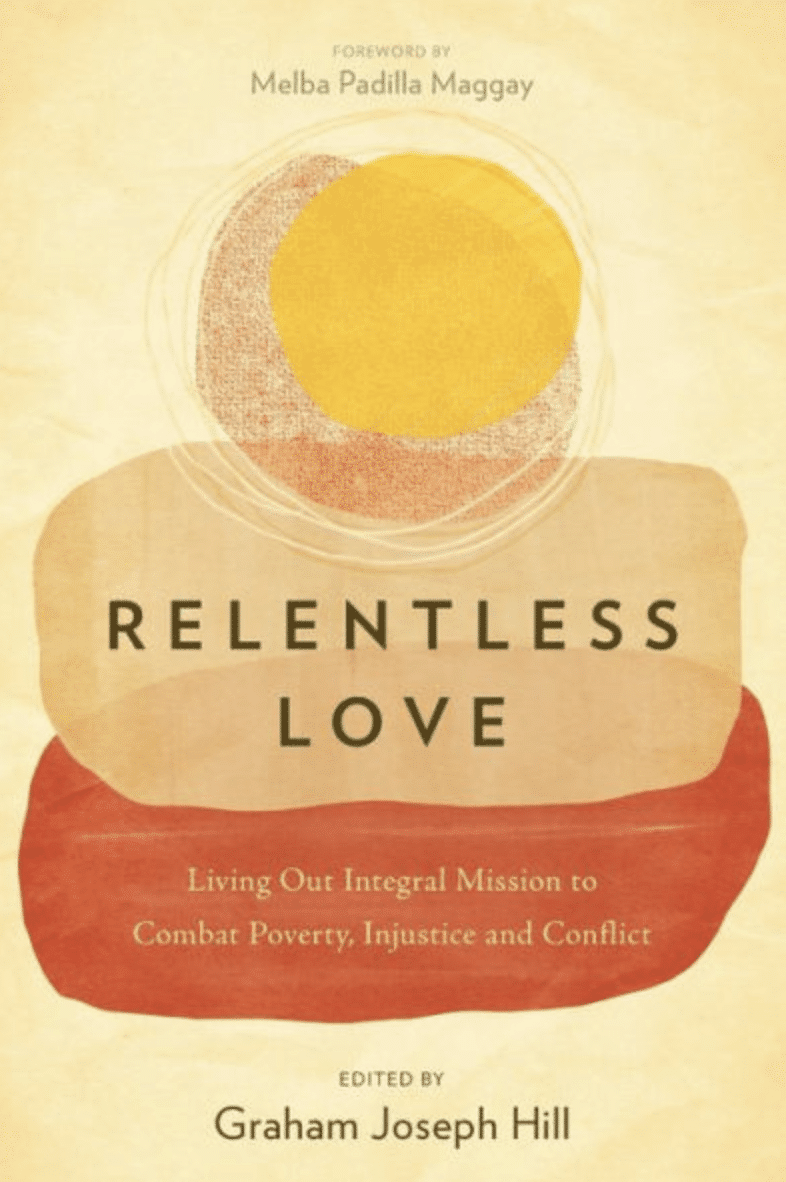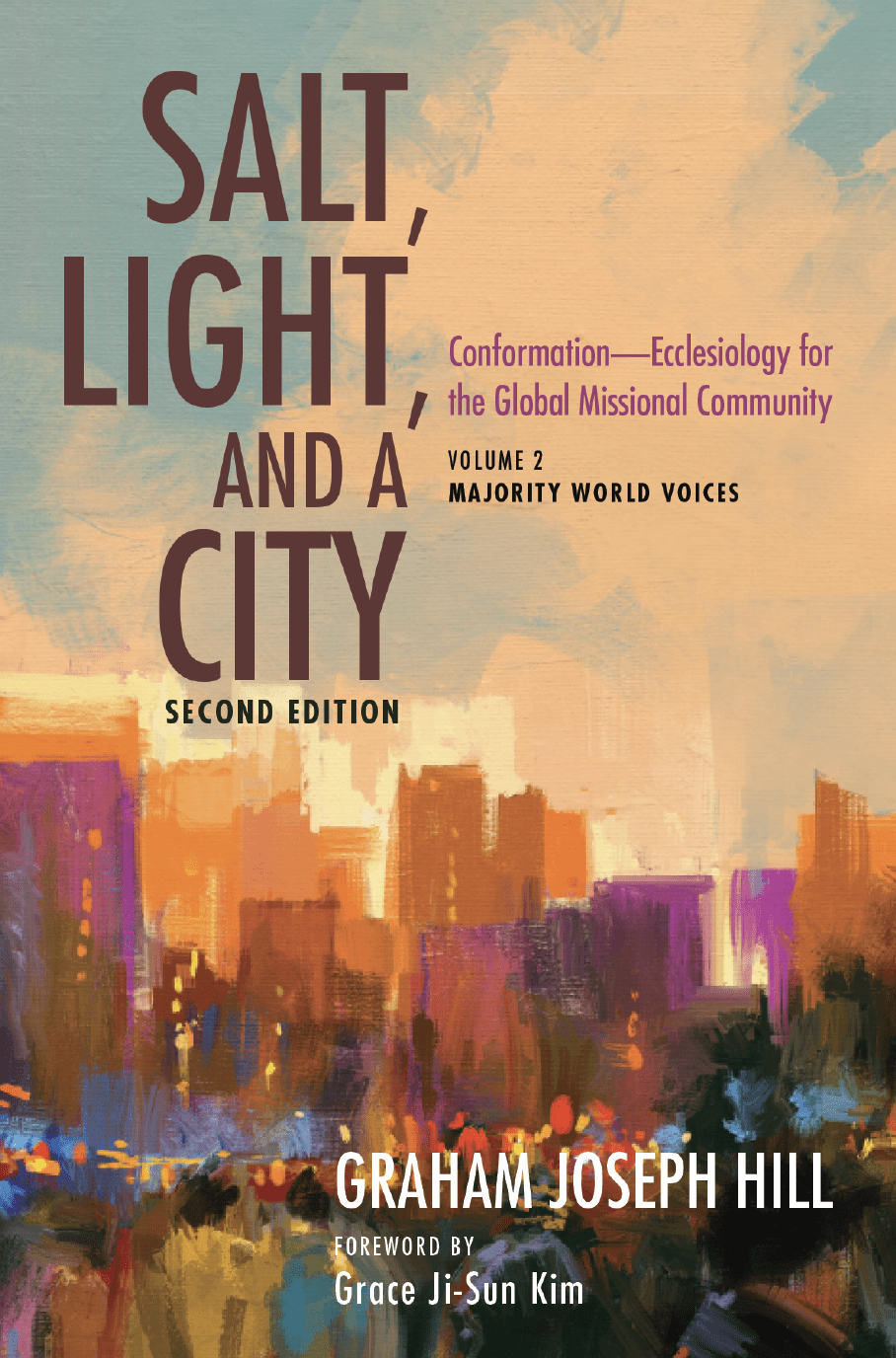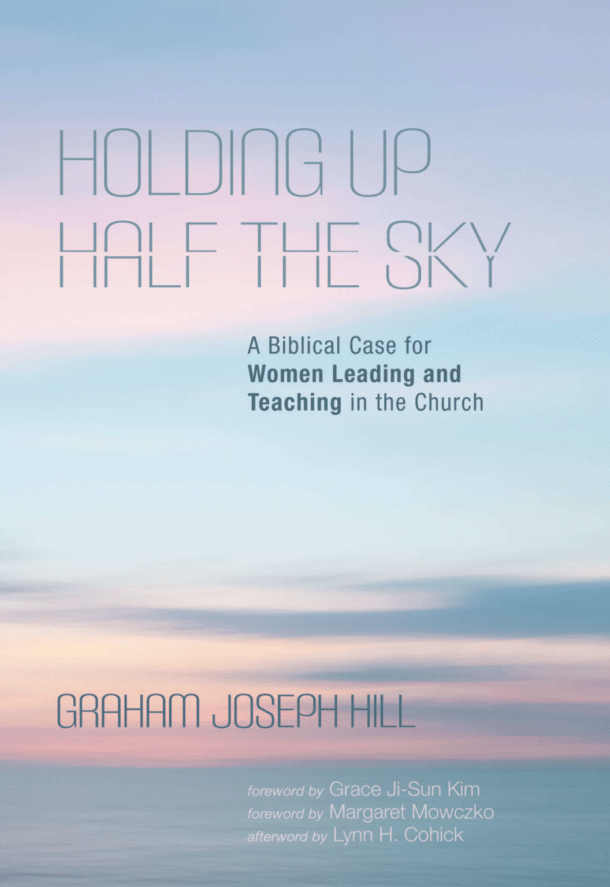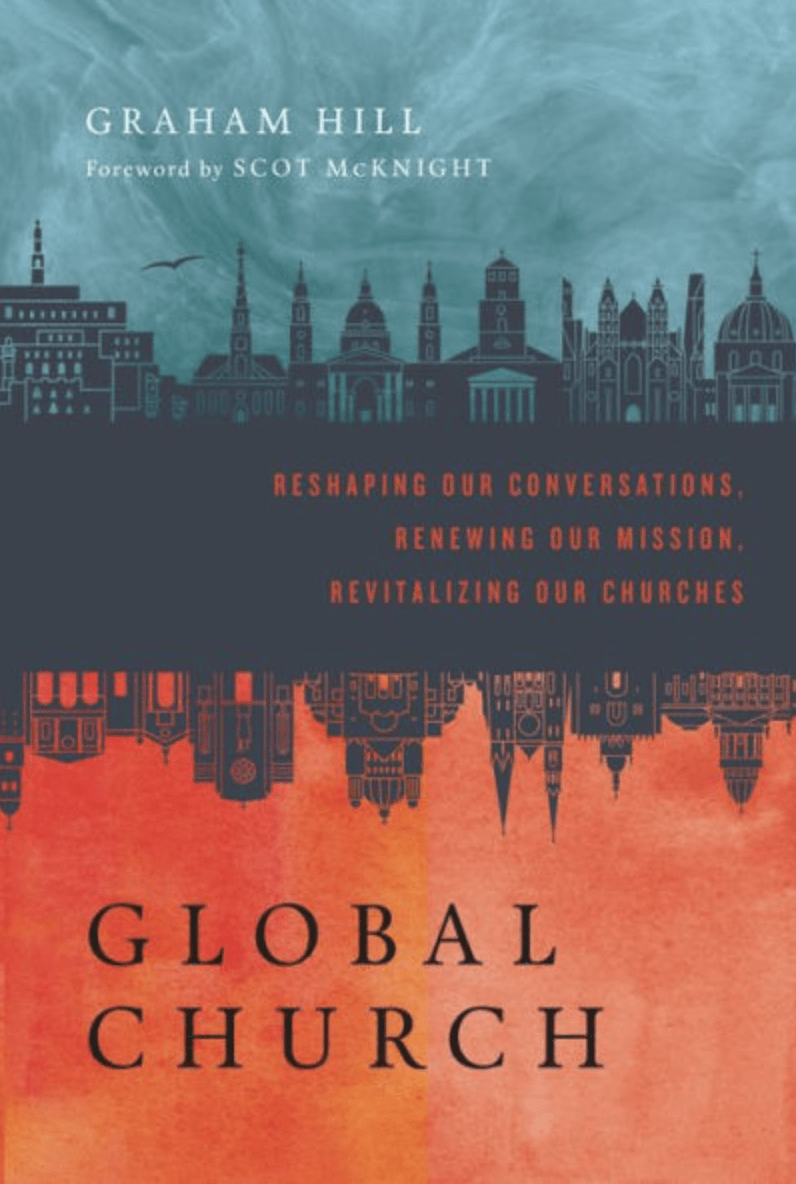Christians at the Border: A Review by Madison April Hill
Coming from a Guatemalan and North American background, Carroll’s history makes him passionate about the issue at hand, and committed to outlining a Christian approach to this topic.
Written primarily with Hispanic immigration in mind, the book allows the reader to open their hearts and minds to the debate. It challenges us to reconsider our pre-existing views. “My intention is to try to move Christians to reconsider their starting point in the immigration debate.”[1]
The immigration debate is important in our modern world. We see this in North America, the Asia-Pacific, Europe, and other continents. The debate is especially vigorous in my country, Australia, where issues to do with immigration, asylum seekers, and refugees are discussed passionately. Carroll’s book is essential to the current debate as it provides a strong viewpoint that helps to represent Christian faith on this topic.
[bctt tweet=”Christian faith is vibrant among immigrants, who now number in millions.” username=”GrahamJGHill”]
Chapter One outlines the history of Hispanic immigration in the U.S. It asks questions about national and cultural identity, while also giving us important information that helps us answer the questions many North Americans have when discussing the topic of immigration. Provocatively, Carroll asks: “What will “American” mean in twenty years? Will it even be a relevant term.”[2]
The chapter reminds us to value human beings as persons, to see them created in the image of God, and to respond. The chapter also covers economic realities for both North American and Hispanic people, and the impact immigration has on their society. This was an interesting section, as Carroll challenges the reader to consider human worth, and also the realities of “undocumented immigration.”
[bctt tweet=”Immigrants & refugees are human beings above all else. We must begin with that truth.” username=”GrahamJGHill”]
Chapters Two to Four are the pillars for this book, as Carroll moves from the history of immigration to passages from the Old and the New Testament that are relevant to the immigration debate.
These chapters don’t only discuss Scripture, but also provide sections called “Implications for Today.” These sections compare these texts with views in the modern day world, and draw out relevant implications. The chapter on Israel’s Law and the Sojourner, for instance, asks questions about our legal paradigms, structures, and identities. These sections are very beneficial to the reader. They help us to compare the biblical texts to the relevant topic at hand. They help us come to an understanding of how Christians should act, think, and feel, as we apply Scripture to modern immigration challenges.
In Chapter Five, Carroll also provides recommendations to the church about how we might proceed on immigration issues. “Christians at the Border above all else strives to motivate believers of the majority culture and Hispanics to begin thinking, talking, and acting as Christians in regard to immigration.”[3] We need to think biblically and carefully about this topic. “An appropriate response to the complicated situation in society will not come from detached objective analysis, cost-benefit calculations, efficiency quotients, and cultural arguments.”[4]
Overall, Christians at the Border is an intellectually challenging book that will stimulate the minds of many readers. It is definitely a good read for those looking to broaden their views on the subject of immigration reform, and on what Scripture says to our views about immigration.
Madison April Hill
Madison April Hill is a high school student who lives in Sydney, Australia.
© 2016 All rights reserved.
Copying and republishing this article on other Web sites, or in any other place, without written permission is prohibited.
Want to be mentored?
Books
Don’t forget to buy Graham Hill’s books, GlobalChurch and Salt, Light, and a City (second edition).
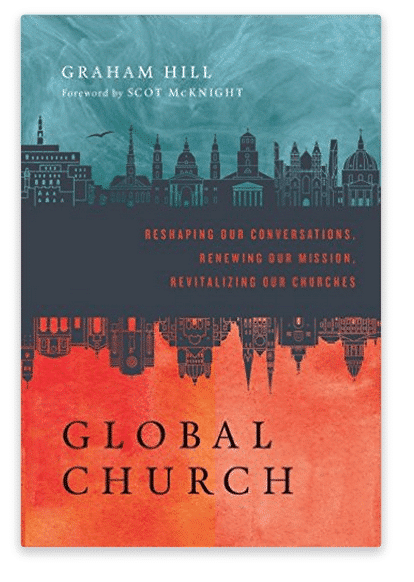

Comments: We’d love to hear your comments and reflections on this blog post!
